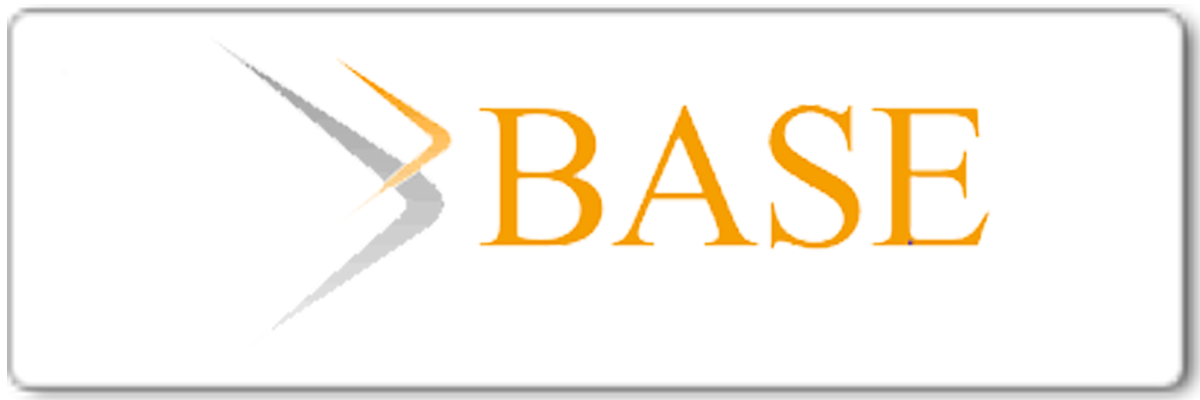Learning Activities in Physics Using Students Worksheet Based on Predict-Observe-Explain (POE)
Abstract
Keywords
Full Text:
PDF (English)References
Bao, L., & Koenig, K. (2019). Physics education research for 21 st century learning. Disciplinary and Interdisciplinary Science Education Research, 1(1): 1-12.
Septiani, T., Yulikifli, & Havid, M. (2020, March). Preliminary analysis of student worksheets development with multi-representation approach on 21st century physics learning. In Journal of Physics: Conference Series (Vol. 1481, No. 1, p. 012071). IOP Publishing.
Durk, J., Davies, A., Hughes, R., & Jardine-Wright, L. (2020). Impact of an active learning physics workshop on secondary school students’ self-efficacy and ability. Physical Review Physics Education Research, 16(2): 020126.
Handayani, R. A. D., & Genisa, M. U. (2019). Empowering Physics Students' Performance in a Group Discussion through Two Types of Peer Assessment. International Journal of Instruction, 12(1): 655-668.
Henderson, C., Khan, R., & Dancy, M. (2018). Will my student evaluations decrease if I adopt an active learning instructional strategy?. American Journal of Physics, 86(12): 934-942.
Wang, J. Y., Wu, H. K., & Hsu, Y. S. (2017). Using mobile applications for learning: Effects of simulation design, visual-motor integration, and spatial ability on high school students’ conceptual understanding. Computers in Human Behavior, 66: 103-113.
Telaumbanua, D. (2017). Experimental Method Application In Teaching Physics Education. Asian Journal of Social Sciences & Humanities Vol, 6(4): 84-90.
Subekti, Y., & Ariswan, A. (2016). Pembelajaran fisika dengan metode eksperimen untuk meningkatkan hasil belajar kognitif dan keterampilan proses sains. Jurnal Inovasi Pendidikan IPA, 2(2): 252-261.
Istiyono, E. (2020). Pengembangan Instrumen Penilaian dan Analisis Hasil Belajar Fisika dengan Teori Tes Klasik dan Modern. Yogyakarta: UNY Press.
Sumardani, D., Putri, A., Ramadhan, Z., Bakri, F., & Muliyati, D. (2020). Augmented Physics’ Lab: Magnetic Field Use Virtual Learning Media for 21st Century Students. Jurnal Pembelajaran Fisika, 8(1): 61-70.
Purnamasari, U. A., & Arifuddin, M. (2018). Meningkatkan Aktivitas Belajar Siswa Pada Mata Pelajaran IPA Dengan Model Pembelajaran Kooperatif Tipe Group Investigation. Berkala Ilmiah Pendidikan Fisika, 6(1): 130-141.
Bunprom, S., Tupsai, J., & Yuenyong, C. (2019, October). Learning Activities to Promote the Concept of Engineering Design Process for Grade 10 Students’ Ideas about Force and Motion through Predict-Observe-Explain (POE). In Journal of Physics: Conference Series (Vol. 1340, No. 1, p. 012081). IOP Publishing.
Pane, A. N., Nyeneng, I., & Distrik, I. W. (2020). The Effect of Predict Observe Explain Learning Model Against Science Process Skills of High School Students. Jurnal Pendidikan Matematika dan IPA, 11(1): 111-119.
Rosdianto, H., & Murdani, E. (2017). The implementation of POE (Predict Observe Explain) model to improve student’s concept understanding on Newton’s law. Jurnal Pendidikan Fisika, 6(1): 55-57.
Fatwadi, A., Gummah, S., & Prasetya, D. S. B. (2019). Implementation of POE Learning Model with Worksheets Assistance to Improve Students’ Activities and Learning Outcomes. Lensa: Jurnal Kependidikan Fisika, 7(1): 10-14.
Banjarnahor, J. A., & Silitonga, M. (2017). Perbedaan Hasil Belajar dan Aktivitas Siswa dengan Menggunakan Model Pembelajaran Predict-Observe-Explain (POE) dan Model Direct Instruction. Jurnal Pelita Pendidikan, 6(3).
Zakiyah, I., & Widodo, W. (2020, June). Profile of student’s conception in implementation of predict-observe-explain (POE) strategy on thermochemistry concept. In Journal of Physics: Conference Series (Vol. 1567, No. 3, p. 032104). IOP Publishing.
Latifah, S., Irwandani, I., Saregar, A., Diani, R., Fiani, O., Widayanti, W., & Deta, U. A. (2019, February). How the Predict-Observe-Explain (POE) learning strategy remediates students’ misconception on Temperature and Heat materials?. In Journal of Physics: Conference Series (Vol. 1171, No. 1, p. 012051). IOP Publishing.
Jamieson, S. (2016). Analyse qualitative data. Education for Primary Care, 27(5): 398-402.
Azwar, S. (2012). Metode Penelitian. Yogyakarta: Pustaka Pelajar.
Chiu, J. L., DeJaegher, C. J., & Chao, J. (2015). The effects of augmented virtual science laboratories on middle school students' understanding of gas properties. Computers & Education, 85: 59-73.
Sardiman. (2016). Interaksi dan Motivasi Belajar Mengajar. Jakarta: Rajawali Press.
Muttaqiin, A., & Sopandi, W. (2017, September). Energy Transformation Topic: Correlation between Pre-Classroom Reading Activity and Students’ Curiosity. In Journal of Physics: Conference Series (Vol. 895, No. 1, p. 012021). IOP Publishing.
Fauziah, I., Mariani, S., & Isnarto, I. (2017). Kemampuan Penalaran Geometris Siswa pada Pembelajaran RME dengan Penekanan Handso on Activity Berdasarkan Aktivitas Belajar. Unnes Journal of Mathematics Education Research, 6(1): 30-37.
Probosari, R. M., Widyastuti, F., Sajidan, S., Suranto, S., & Prayitno, B. A. (2018, May). Reading for tracing evidence: developing scientific knowledge through science text. In Journal of Physics: Conference Series (Vol. 1022, No. 1, p. 012019). IOP Publishing.
Setlik, J., & Higa, I. (2018). Writing in Physics classes in High School: possibilities. International Journal of Physics & Chemistry Education, 10(2): 55-65.
Sadirman, A. M. (2011). Interaksi dan Motivasi Belajar Mengajar. Jakarta: Rajawali Press.
Sumarni, W., Wardani, S., Sudarmin, S., & Gupitasari, D. N. (2016). Project Based Learning (PBL) to improve psychomotoric skills: A classroom action research. Jurnal Pendidikan IPA Indonesia, 5(2): 157-163.
Nurhamidah, G., Syaripudin, T., & Riyadi, A. R. (2016). Penerapan Model TS-TS untuk Meningkatkan Aktivitas dan Hasil Belajar Siswa Sekolah Dasar. Jurnal Pendidikan Guru Sekolah Dasar, 4(2): 293-303.
DOI: http://dx.doi.org/10.26737/jipf.v6i3.2103
Refbacks
Copyright (c) 2021 Dewi Fairuz Zulaikha, Pujianto Pujianto, Yusman Wiyatmo

This work is licensed under a Creative Commons Attribution-NonCommercial 4.0 International License.
Publisher
Institute of Managing and Publishing of Scientific Journals
STKIP Singkawang
Jl. STKIP, Kelurahan Naram, Kecamatan Singkawang Utara, Kota Singkawang, Kalimantan Barat, Indonesia
Website: http://journal.stkipsingkawang.ac.id/index.php/JIPF
Email: [email protected]
JIPF Indexed by:
Copyright (c) JIPF (Jurnal Ilmu Pendidikan Fisika)
ISSN 2477-8451 (Online) and ISSN 2477-5959 (Print)































